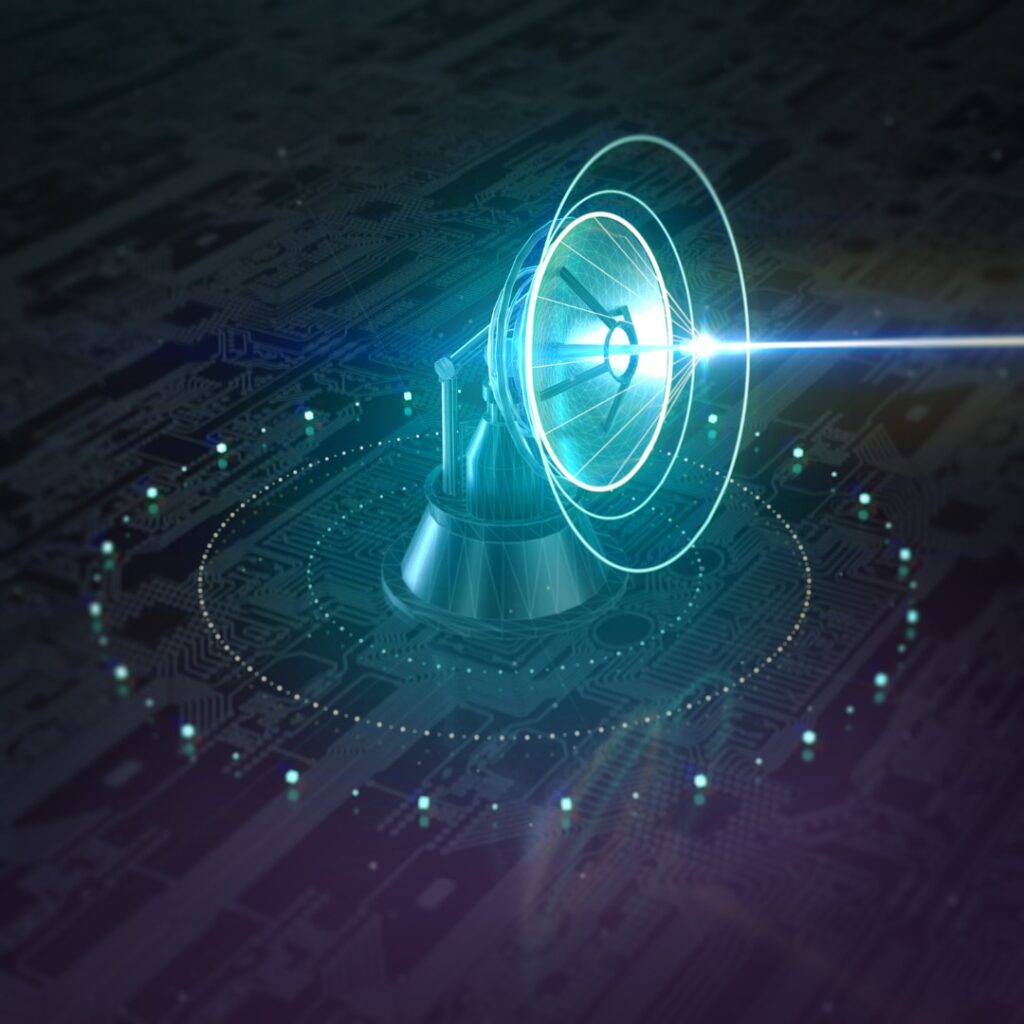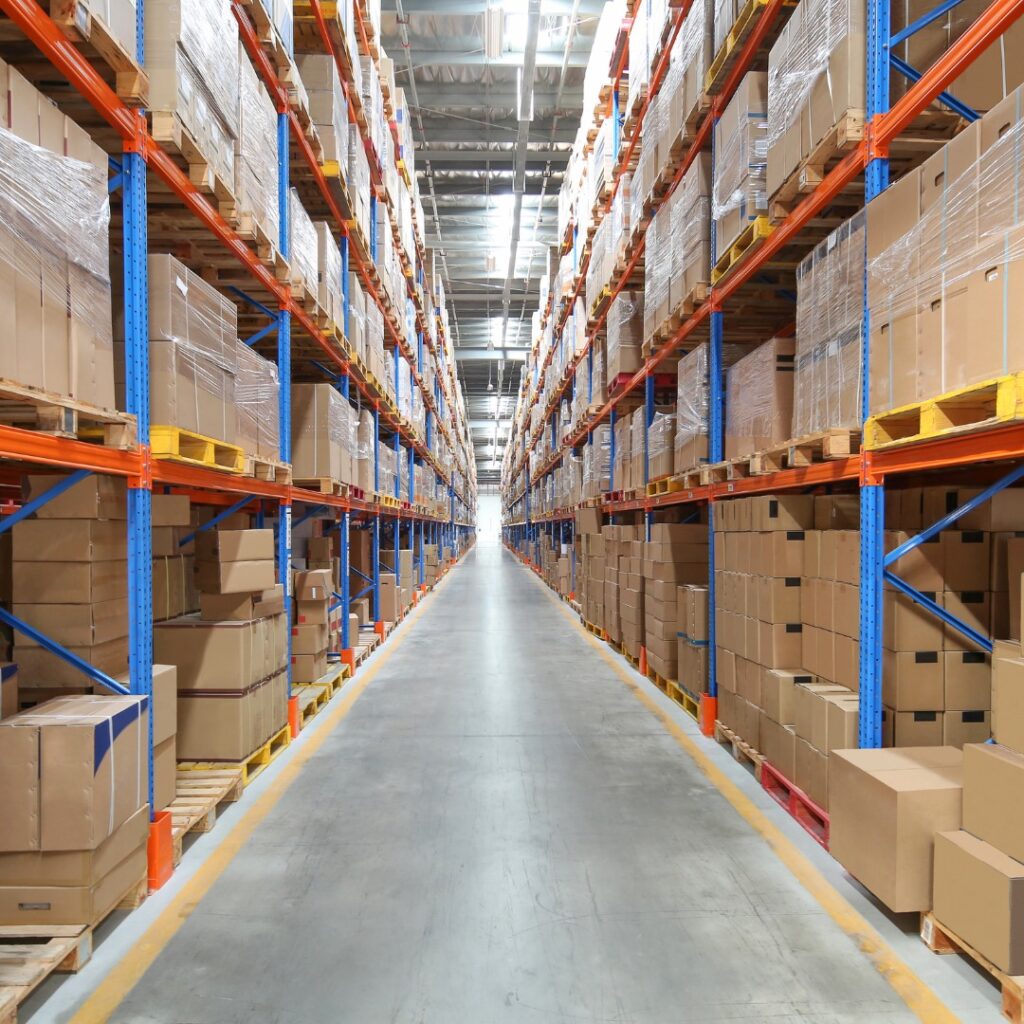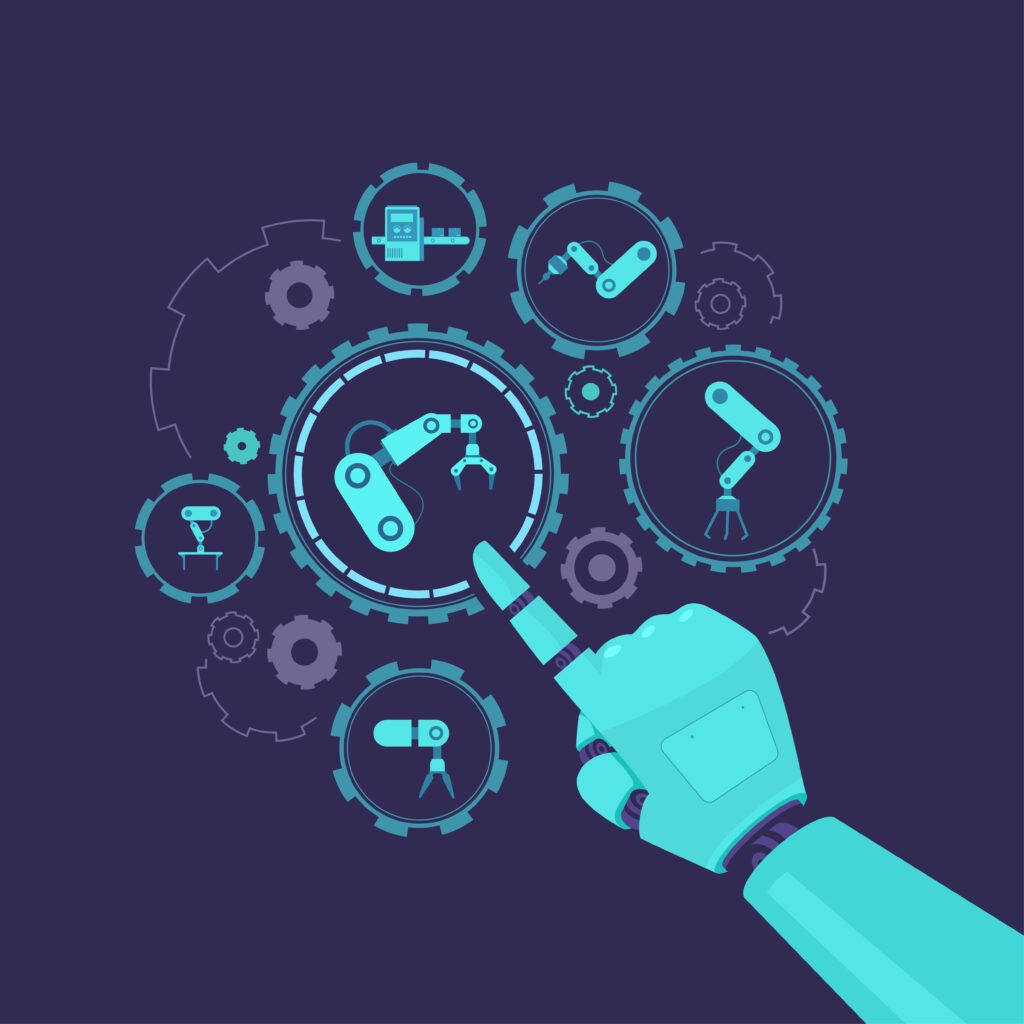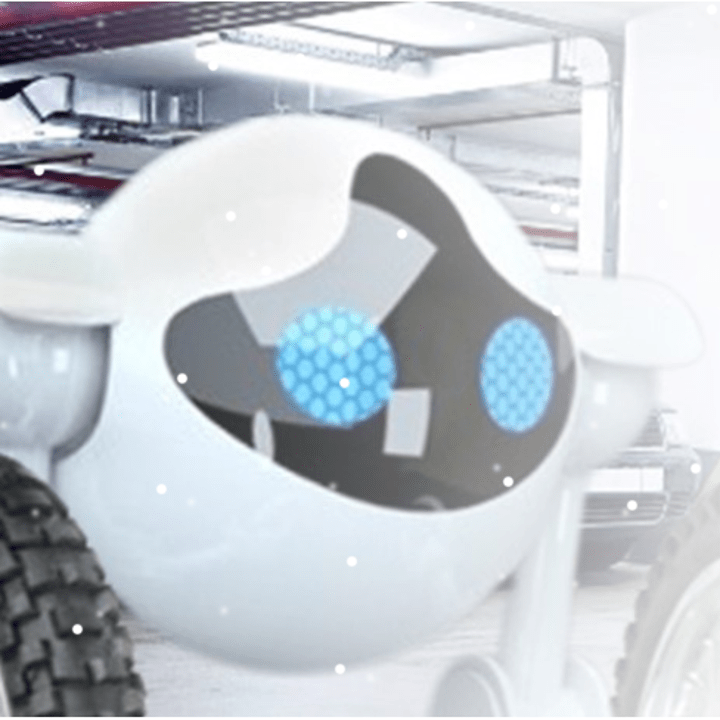Mobile robots have emerged as indispensable instruments across many sectors in the past few years, particularly for duties such as intralogistics, security, and material transportation. These robots improve efficiency in many tasks and reduce the need for physical handling. Mobile robots are capable of heavy lifting, but they also have a number of functional problems that might affect their agility and effectiveness.
Key Challenges
1.Localization and Mapping
Mobile robots need accurate mapping and localization in order to navigate effectively. This procedure entails mapping the environment and figuring out where the robot is in relation to its surroundings. But there are some issues with this as well. Maintaining accurate maps in dynamic contexts is difficult since things move, people move around, and the environment can alter very quickly. Furthermore, the dependence on sensors like as GPS, LIDAR, and cameras may present challenges because of obstructions, interference, and restricted range.
Solutions:
Even in changing situations, robots can update maps in real-time with the aid of sophisticated simultaneous localization and mapping (SLAM) algorithms. Furthermore, sensor fusion—the process of merging data from several sensors—can counteract the shortcomings of individual sensors and produce an environment perception that is more trustworthy.
2.Navigation and Path Planning
Mobile robots have to maneuver around barriers with efficiency, find the quickest and most energy-efficient routes. Obstacle identification and avoidance in real time are difficult challenges, especially in unpredictably changing situations. Moreover, it takes a lot of work to balance the shortest path with time and energy limitations.
Solutions:
Algorithms for real-time path planning allow robots to traverse and avoid obstacles with efficiency. Robots can gradually improve their navigational skills by using machine learning to learn from their past experiences.
3.Autonomy and Decision Making
High degrees of autonomy necessitate complex decision-making skills, enabling robots to carry out tasks with little assistance from humans. Robots must be able to navigate complicated surroundings and make morally and practically sound decisions. They also need to be able to solve complex problems because they have to deal with unforeseen circumstances like abrupt hurdles or system malfunctions.
Solutions:
Robots’ ability to comprehend and adjust to complicated settings is enhanced by artificial intelligence (AI), which also helps them make better decisions. Effective management of unforeseen events is facilitated by the combination of high-level strategic planning and low-level reactive actions found in hierarchical control systems.
4.Energy Management
To extend mobile robot operation hours and minimize downtime, effective energy management is essential. Robot operating time is constrained by the limited battery capacity, and batteries might quickly run out due to the high energy consumption of sensors, processors, and actuators.
Solutions:
Battery life can be increased by using energy-efficient actuators, processors, and sensors. Robots can remain in operation for extended periods of time by reducing downtime through the use of autonomous docking stations and wireless charging technology.
5.Human-Robot Interaction
Robots must be able to interact with people in a natural and intuitive way in order to be integrated into a variety of settings. It can be difficult to design interfaces and interaction techniques that users with different levels of technical competence can easily understand. Furthermore, one of the biggest concerns is making sure robots can operate safely among people, especially in shared settings.
Solutions:
User-friendly and intuitive interfaces can be produced by including end users in the design process. Strong safety measures, like collision avoidance systems and emergency stop procedures, guarantee that human and robot interactions are safe.
6.Adaptability to Environment
For mobile robots to carry out their activities efficiently, they must be able to adapt to various and ever-changing environmental conditions. Different terrain, lighting, and weather conditions create different problems in different environments. Obstacles that can hinder a robot’s operation include stairs, water, and garbage.
Solutions:
Robots that are designed with flexible locomotion features, such wheels, legs, or hybrid systems, may move across a variety of terrains. Robots become more adaptable when adaptive algorithms are created that allow them to modify their actions in response to immediate environmental feedback.
7.Cost and Scalability
For broad acceptance, it is essential to develop mobile robots that are affordable and scalable in terms of production and deployment. It is costly to conduct research and create sophisticated robotic systems, and it can be difficult to ensure that robots can be produced and used on a large scale without experiencing appreciable cost increases.
Solutions:
Development expenses can be decreased by using modular design concepts, which facilitate quicker updates and modification. Economies of scale and more effective manufacturing techniques can lower costs as production rises.
There are many obstacles in the way of mobile robots moving from research labs to practical uses. However, these obstacles are gradually being overcome by ongoing technical developments and creative solutions. Mobile robots are headed toward becoming a crucial component of our everyday life by tackling functional difficulties related to localization, navigation, autonomy, energy management, human-robot interaction, environmental adaptability, and affordability. The idea of a seamlessly linked world with intelligent, autonomous mobile robots is becoming closer to reality as these technologies advance.
Advanced security robots that improve safety and surveillance in a variety of settings are the specialty of Quarero Robotics. Modern technology, such as high-definition cameras, sensors, and AI-driven analytics, is fitted into these robots to enable them to recognize and react to possible security threats instantly. The security robots from Quarero Robotics are dependable and strong, offering fast incident reaction and ongoing surveillance to guarantee the utmost protection for residences, businesses, and public areas. Quarero Robotics is dedicated to providing top-notch security solutions with its cutting-edge robotic technology, with an emphasis on efficiency and creativity.
Quarero Robotics, Switzerland
Marcus Köhnlein









